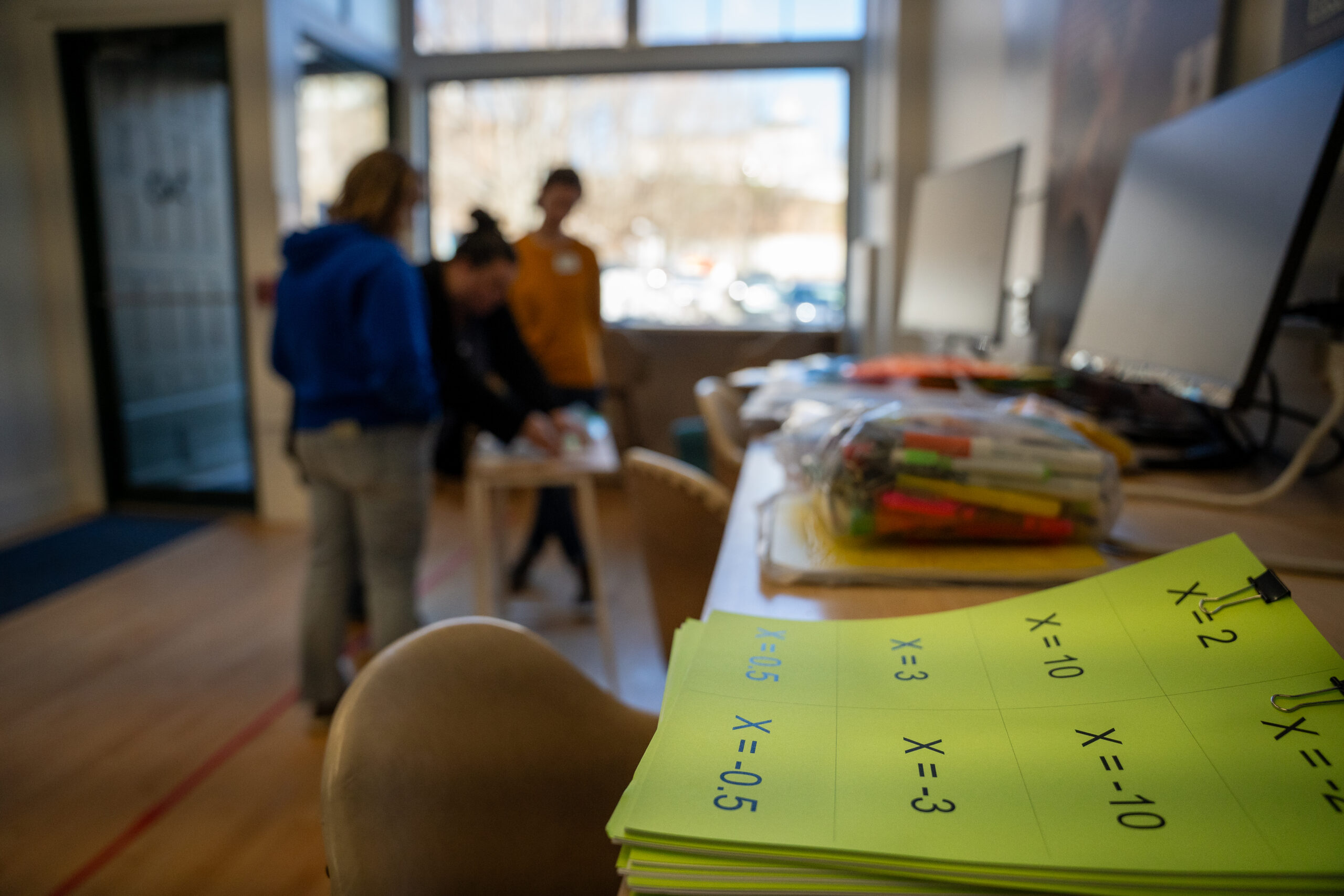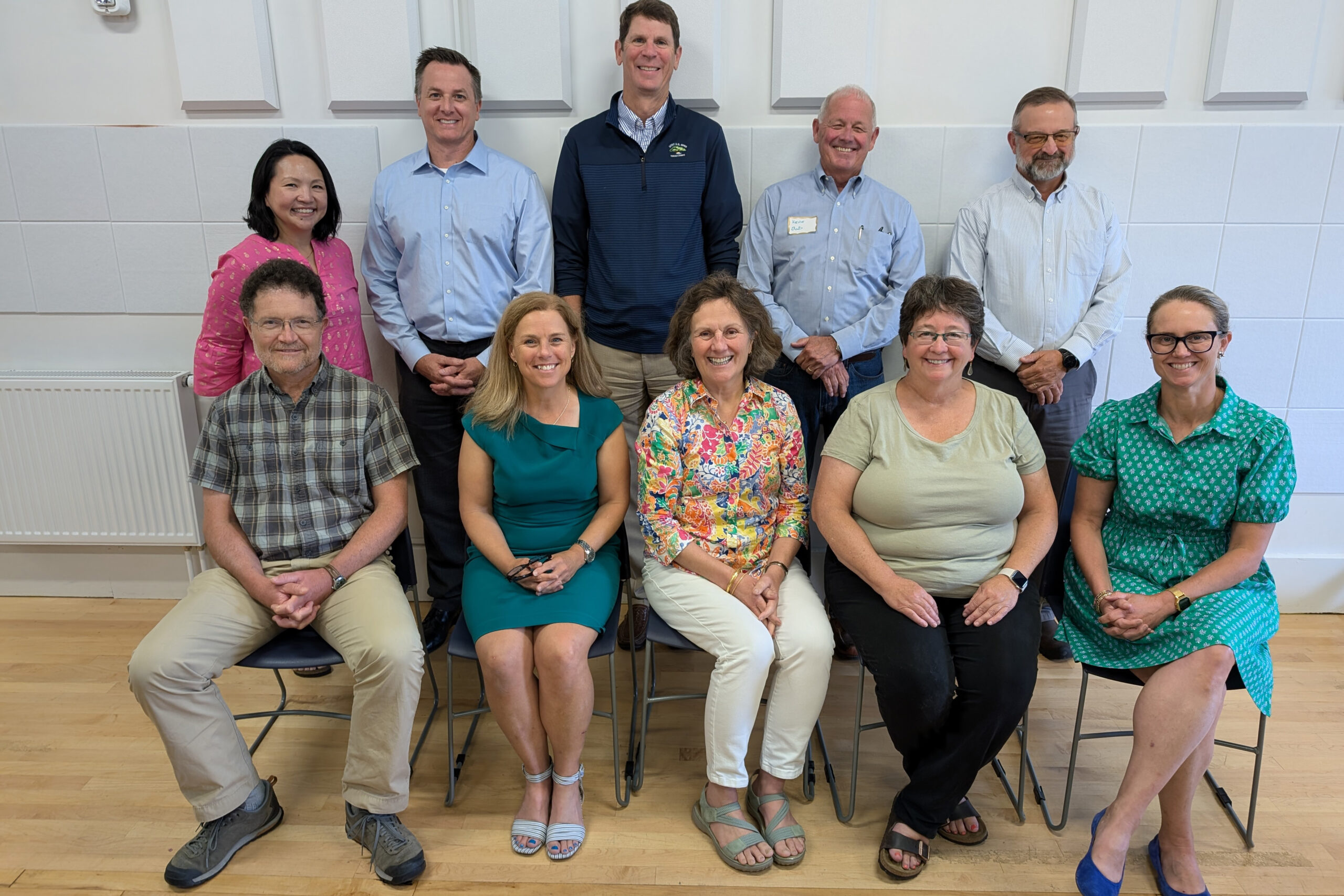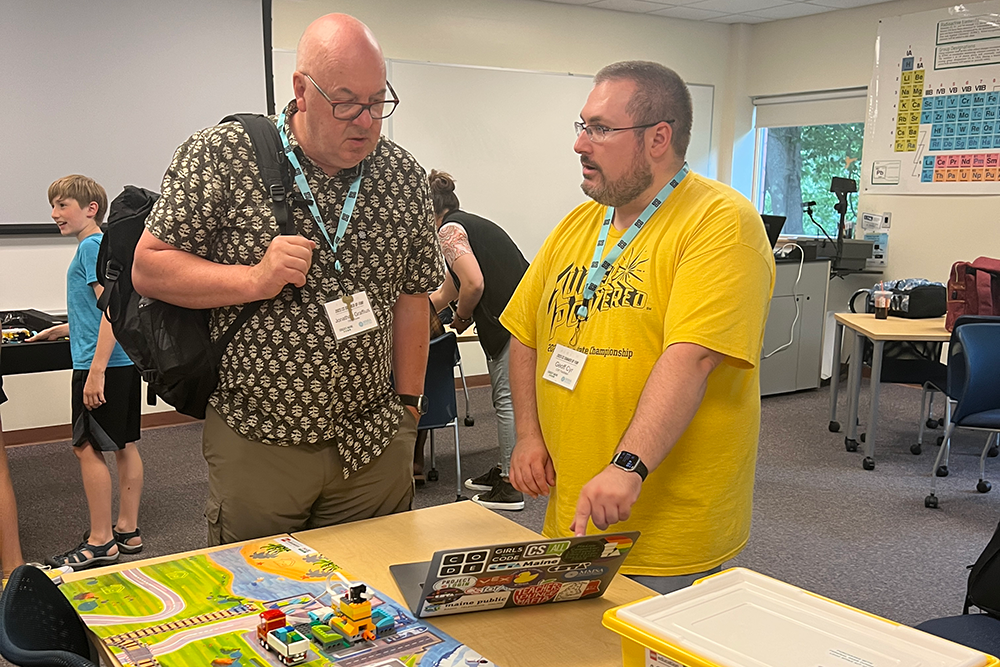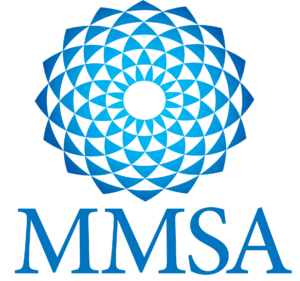Guest Post by Becky Tapley
STEM Education Specialist and ACRES Coach
I’m a longtime fan of the math routine called “Which One Doesn’t Belong.” Maybe it’s because it brings back memories of Sesame Street, and the catchy song “Which One is Different than the Other.” Or maybe it’s because when I use it with learners of all ages, I’m able to hear diverse ideas about math and elevate every learner’s voice. Plus, it’s a low-floor, high-ceiling task, in that everyone can access the thinking (the low floor) but there’s room for expansive, more complex ideas to grow (the high ceiling).
If you’re not familiar with the routine, it’s a brief activity where you share four images, graphs, or numbers. Many examples can be found on the great website wodb.ca. After giving a brief amount of thinking time, learners share which one they think doesn’t belong and share their reasoning behind their choice. There isn’t a right or wrong answer, and math conversations start to bubble up around the choices made and the reasons shared.

And yet…
A while back, I realized that something wasn’t sitting well with me about this routine. Asking learners, “Which one doesn’t belong?” is exclusionary. We want to encourage welcoming spaces in our places of learning and integrate equitable practices into our teaching. Do we need to be offering the idea that anything doesn’t belong? Might using this routine have an inadvertent effect of sharing the notion that if a number or graph doesn’t belong, a learner might not belong either?
So, I tried something. I started calling it, “Which One is Unique?” It’s the same routine, just different branding. It works just as magically and offers the notion that things (and people!) can be unique, and these are strengths to be celebrated. When I shared my reasoning behind the wording change with educators, they appreciated the small switch and have embraced it.
If this sounds like an appealing switch to you, know that you’re not alone. My colleague, Cheryl Tobey, has been using the title “How is Each Unique?”This emphasizes that each of the four choices is unique and challenges learners to find a unique attribute for each one. This is an excellent extension to offer after the initial routine has been introduced.
Please join me and others in being part of making this switch. Celebrate the diversity in our learners … as well as in math.
If you want to experience this routine, and others like it, and you’re an educator in an afterschool or out-of-school setting, take part in an ACRES cohort.
If you’re an educator in a K-12 school setting and also want to learn more, check out MMSA’s math workshops and consulting options.






